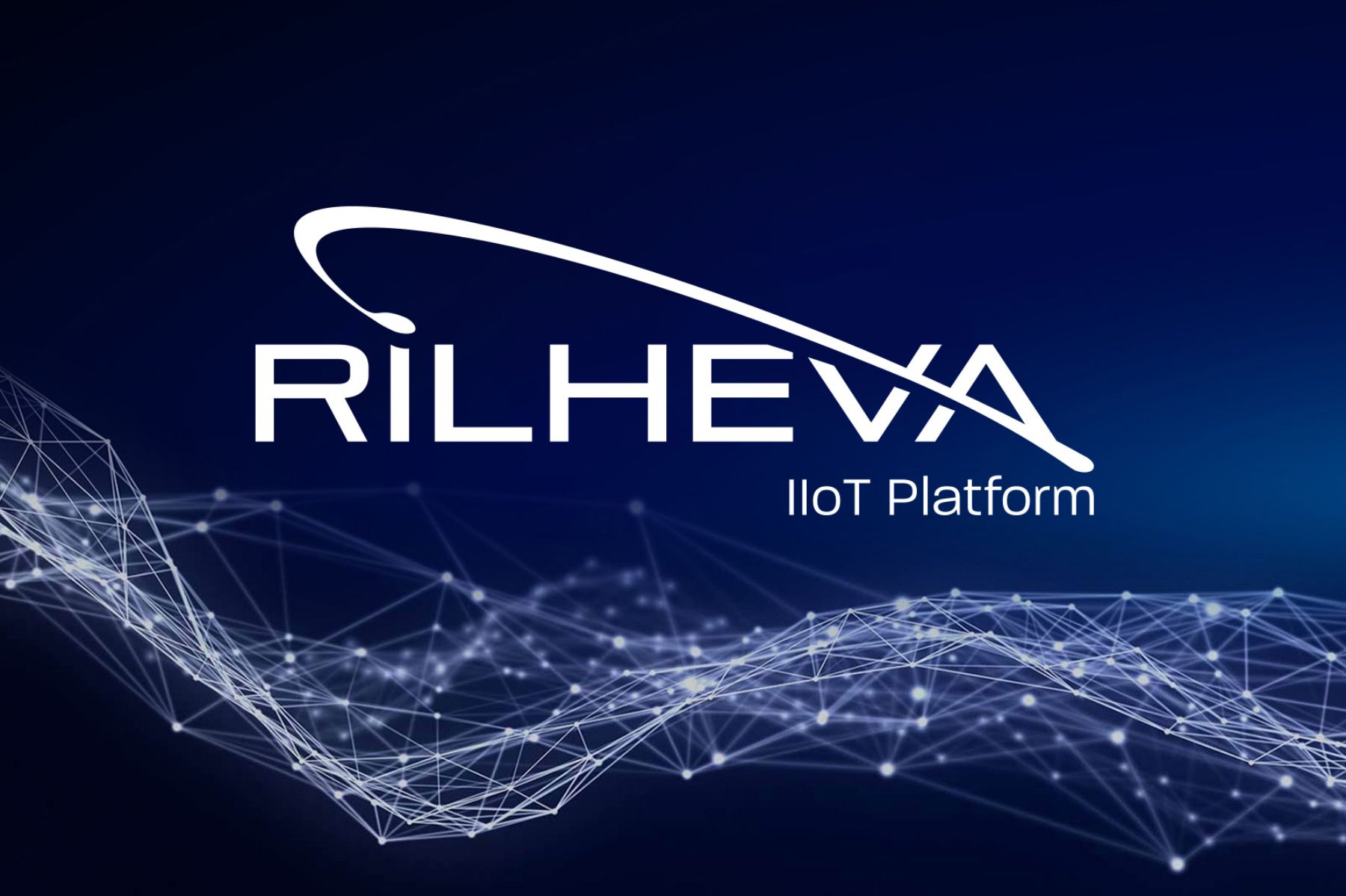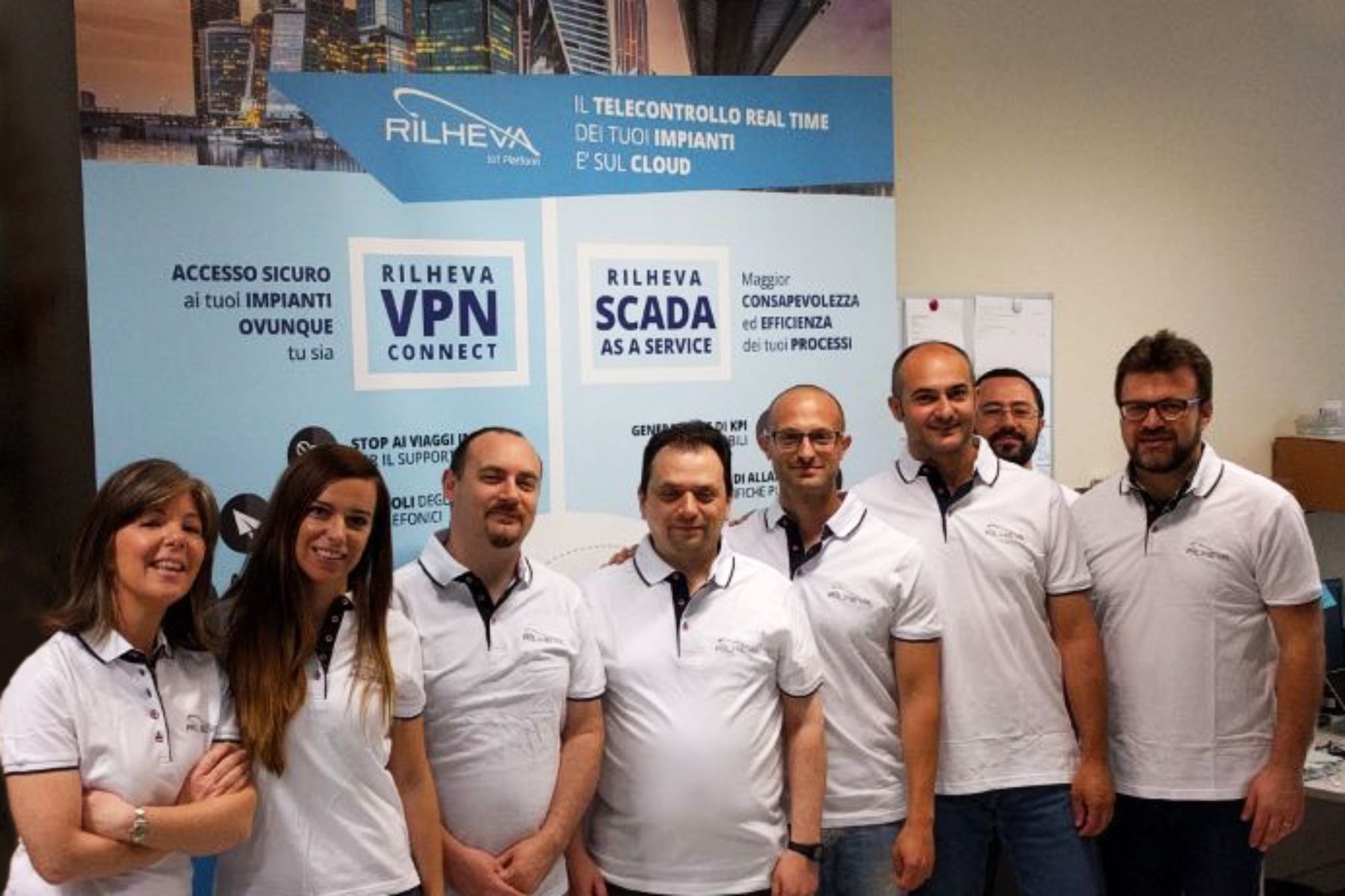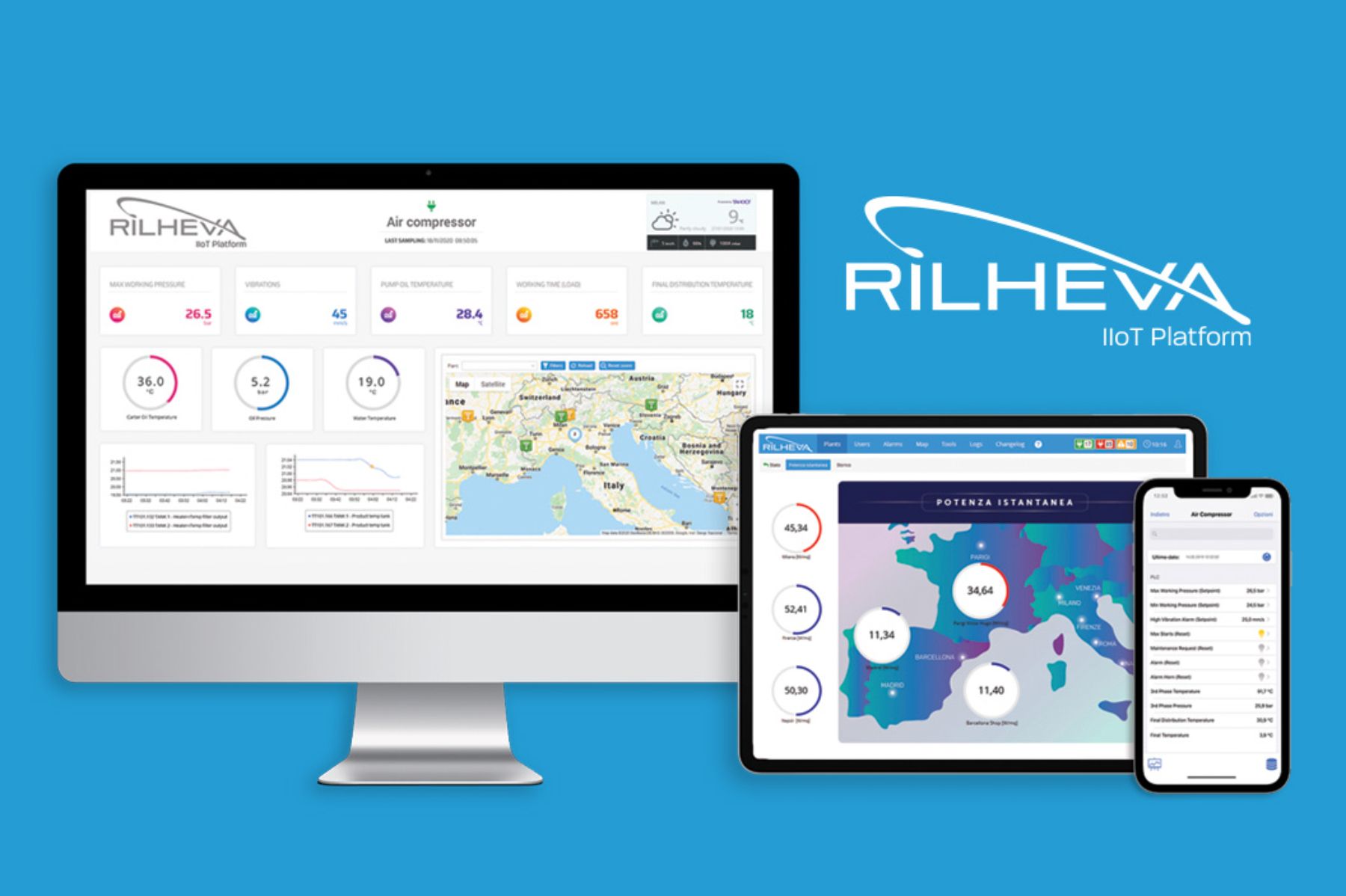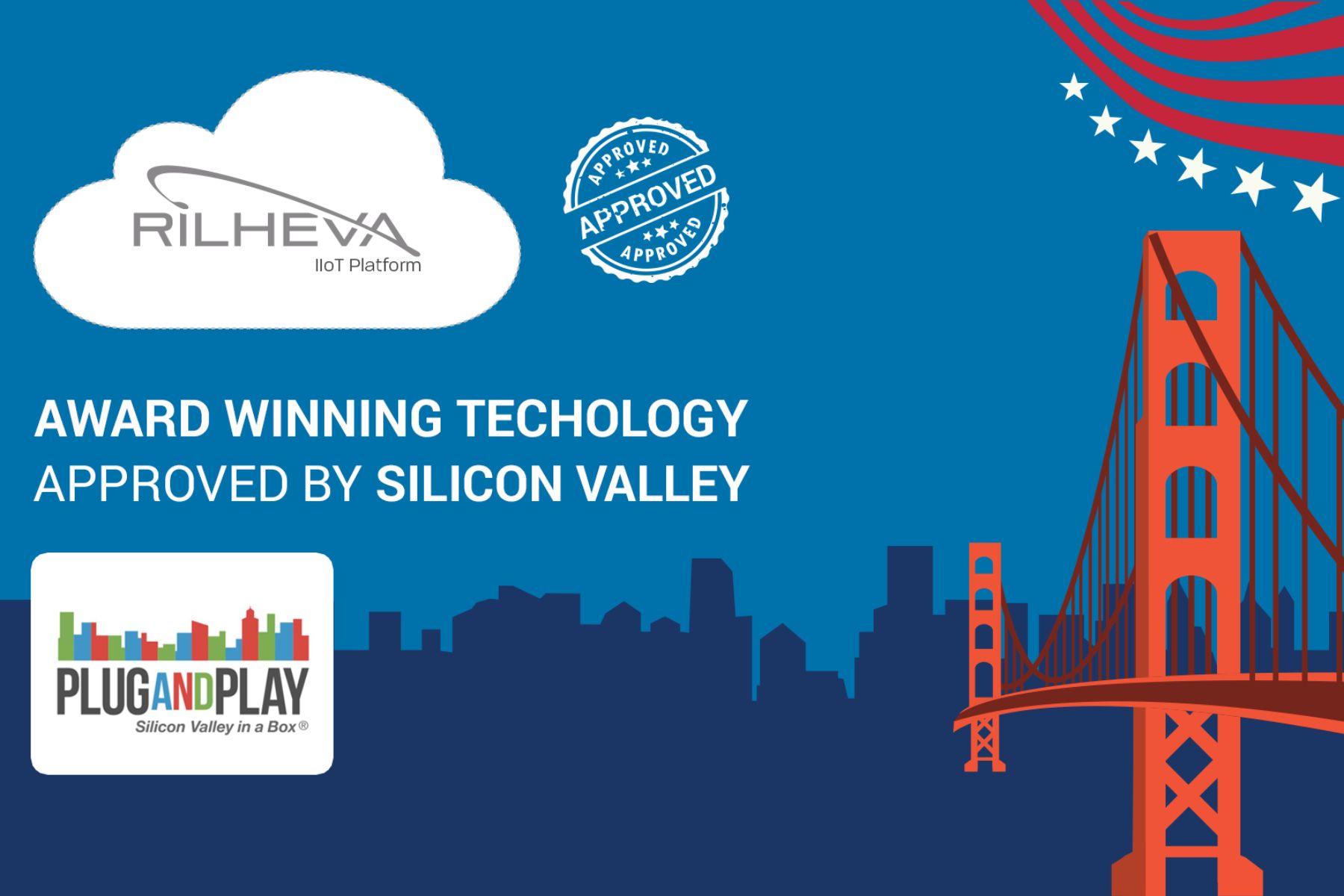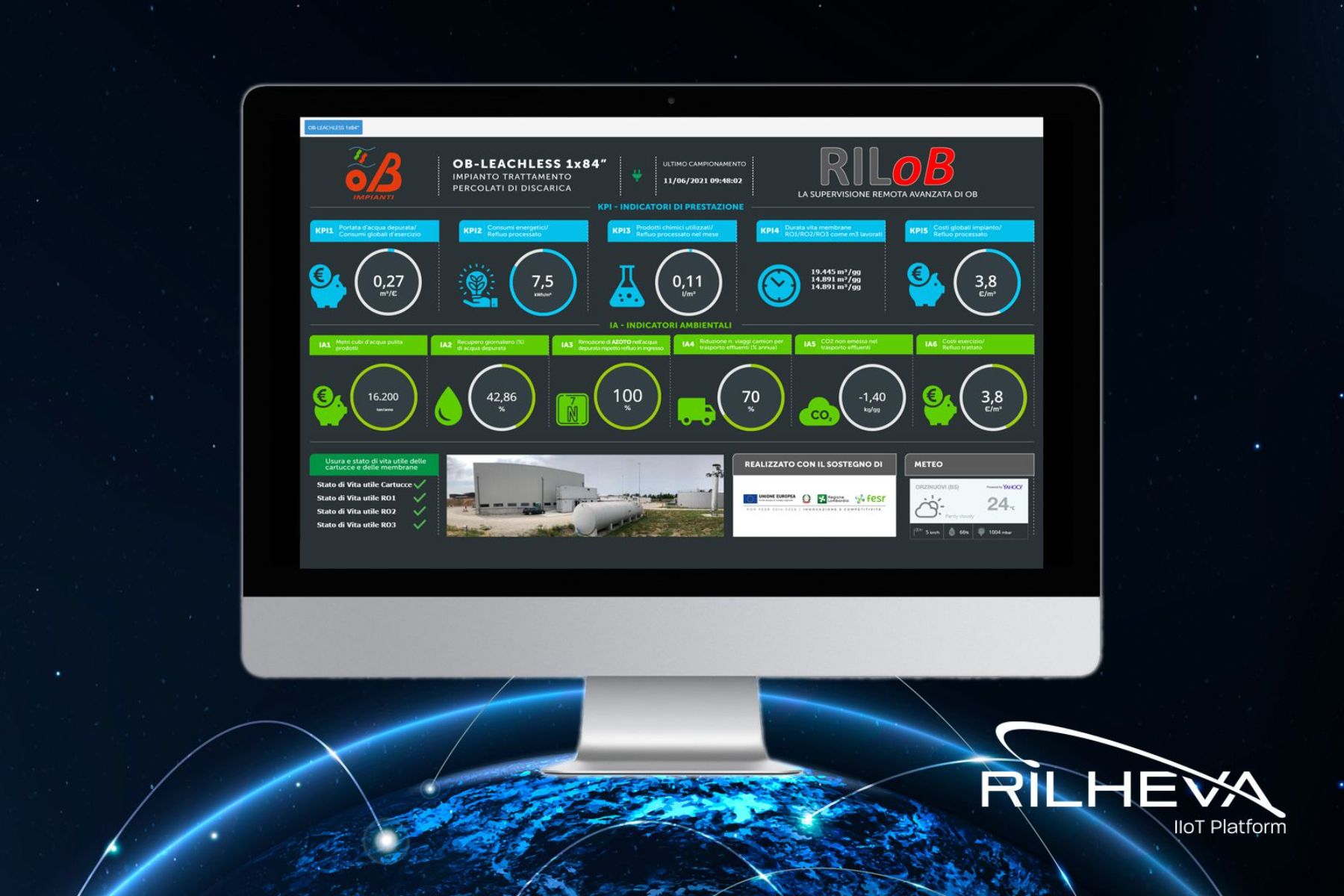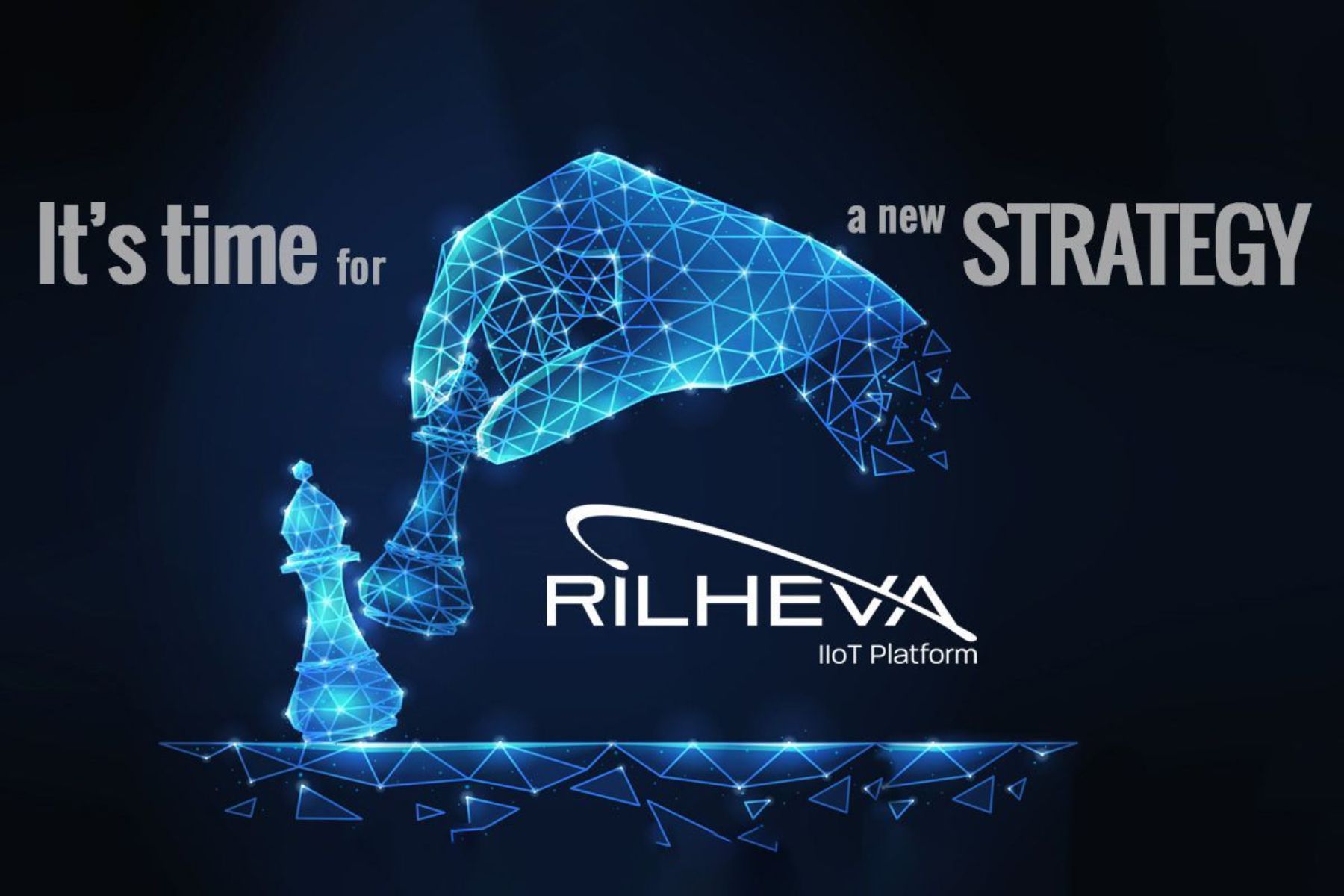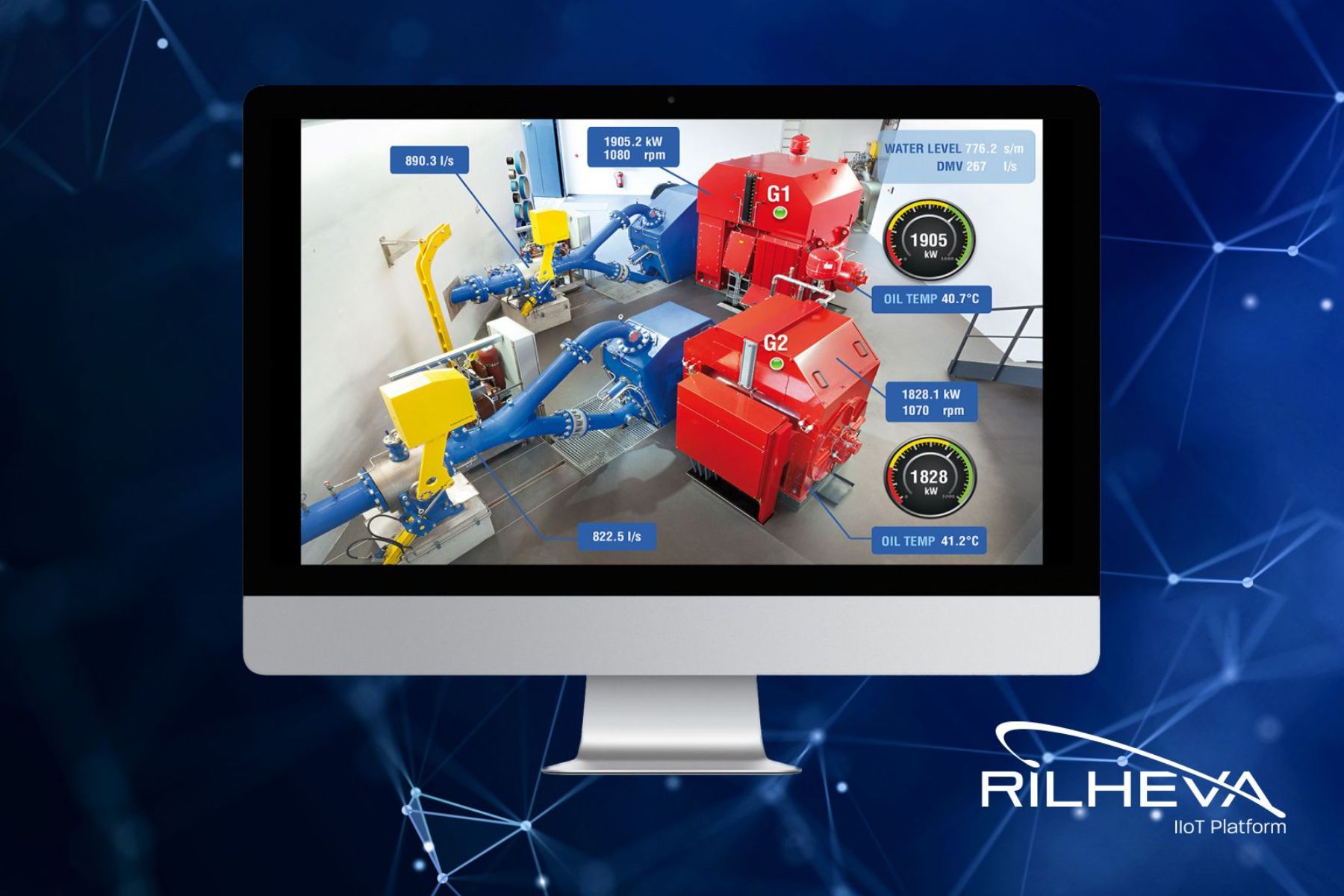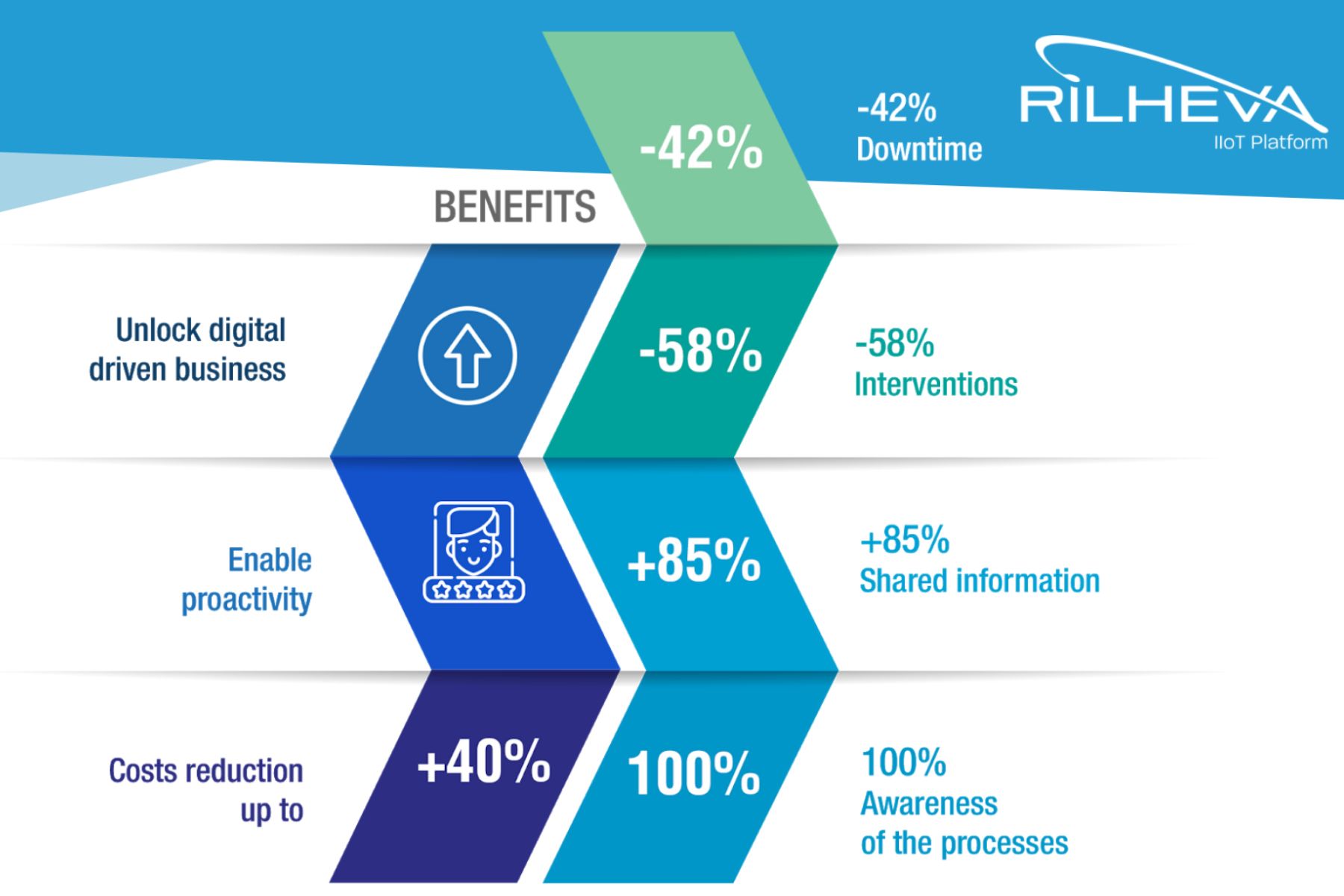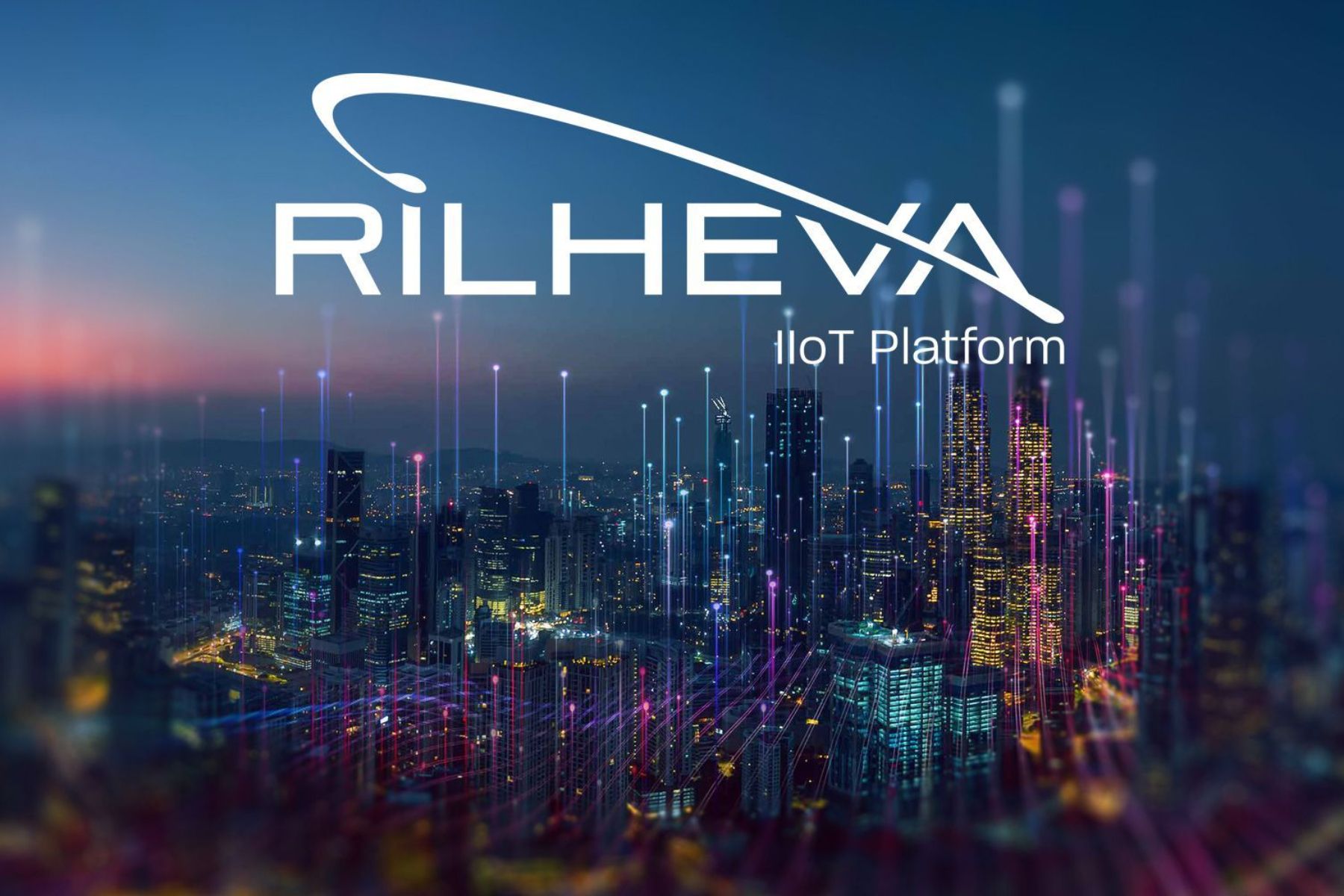Companies talk > Interview with Xeo4 - Rilheva S.r.l.
Interview with Xeo4 - Rilheva S.r.l.
- Company year of incorporation: 2004
- Year of association to the Consortium: 2009
- Turnover class: 1 mln €
- Products: advanced remote control services via internet, IIoT Platform,
- Industries macchine HVAC, renewable energies, water treatment
- Foreign markets: Europe, North America, Australia, New Zealand, South Africa, South America, Middle East
We thank Eng. Cravedi, CEO of Xeo4 - Rilheva, for answering our questions.
Good morning Eng. Cravedi, can you tell us about your path of growth and internationalization?
Right from the beginning, the CEPI experience left a sign of our willingness to deal with markets around the world regardless of actual exports. In fact, even without exporting, this exercise gives you the chance to get feedback on your position in the world market allowing you to get out of self-referentiality. And to do this we started to participate to several world exhibitions that were interesting for our industry, and this is how we evolved by confronting with the different world competitors.
Actually, the real added value of CEPI, in addition to the support for exhibitions participation, was to put us in that mindset and in those conditions in order to understand that to be competitive you have to look far beyond your local borders.
It takes time and, at the beginning, it is more daunting, but then being aware of your market position allows to make the necessary and right choices to properly grow and improve your competitiveness.
It was impossible to know in advance if our price was high or low, or if the products or services offered were suitable: the greatest risk was to dedicate too many resources to a wrong or unnecessary change, moving even further from the goal of "competitiveness".
In these years during the participation to the exhibitions we never thought about the short term sales results. As a matter of fact from 2004 to 2018, we participated to many exhibitions without bringing home big sales results: but I am not afraid to say that we learned a lot precisely from our sales failures and it was through this learning that we understood why we were not achieving the desired results. In 2004 Xeo4 Rilheva technology was born and at the time it was an element of great novelty, probably too ahead of its time. When we offered a Software as a Service (SaaS) service the culture of the Cloud did not exist and it was really difficult. However, today it is the dominant model and I would confidently say that the intuition was the right one.
We never abandoned the long-term perspective and this allowed in 2018 to participate in a business match in Silicon Valley in California that I was very lucky to win.
So I moved to California and I can say that in some way this experience was the fruit of the "export thought" that is the founding soul of CEPI.
What was the most important experience you had during your time in Silicon Valley?
Probably the most important change was made when, thanks to the experience in the USA, we realized that our approach was too dispersed and not focused enough on our core business. Having a good tradition of hardware builders, our idea was that if we were able to offer both the software and the hardware part (including the whole range of accessories) we would have a more satisfied customer. Nevertheless this was deeply wrong: rather than being satisfied, the customer perceived the hardware as a "gift", but in reality it was for us a large operating cost with a very small profit margin. We therefore understood that the best thing to do was to concentrate on our core business, that is the software, thus leaving aside the hardware production. We continued instead to suggest compatible suppliers, integrators, installers and maintainers, therefore obtaining another important result.
The advantage of focusing on our core business has also opened us to a new relationship with those who in the past were our competitors, namely the hardware manufacturers.
In this way, precisely because we concentrated all company resources, the quality of our product improved and the customer satisfaction as well, since it had more opportunities to couple hardware from major world manufacturers with our dedicated software.
As a result, through the sales channels of remote control hardware, from 2019 we started working on the construction of a worldwide distribution network of our software.
The first two nations that understood the value of this offer were Germany and the United States, followed by Australia and New Zealand and England.
The main difficulty in this phase was to completely change skin. Our commercial structure was aimed at selling to the end user, especially in Italy, so we had to restructure our sales approach for foreign distributors.
Switching from a direct sales model to a distribution one required a certain internal effort, for example in structuring the adequate technical and commercial documentation so that distributors could be able to sell the software correctly and also to provide first tier of support.
Indeed support is particularly important for a service that must be in continuous operation and for which it is unthinkable to give an immediate response in every place where our distributors are present.
So what were the steps and times for the creation of this new distribution network?
The difficulties were not few because in the first place, again thanks to an intense exploration of the markets made through the participation in trade exhibitions, the first need was to identify the right distributors, then to negotiate partnership contracts correctly, to establish the methods of pricing, to produce sales and support documentation, etc.
To date we have 15 distributors in the world, but we confess that the current pandemic situation and the impossibility of being able to physically visit and get to know and follow our distributors has made the consolidation of this network more difficult. We now hope that with the restoration of normality we can organize an event in the presence, perhaps right here in Italy, to involve and train our entire sales force.
What are the marketing tools mainly used?
I've already mentioned how important trade shows have been to us, and digital marketing, Google Ads, has also been a great tool.
Even better, the relationship with distributors was facilitated precisely by online advertising campaigns: by diverting the interested leads generated by advertising to potential distributors, we have on one hand encouraged distributors to sell our software and on the other we have provided the end customer with a local and trusted contact. Other promotional activities are the publication of editorials in technical journals, and partnerships with university training institutes and technology development centers. From this point of view too, the production of content with continuity requires an internal change of the structure of the company but also of mentality. However, as useful as digital marketing is, face-to-face meetings are undeniably the best way to connect with partners and customers.
What are your next goals?
To date, our first goal is to grow the technical part to support commercial expansion, in order to guarantee the quality of the service our customers are accustomed to.
Of course going further commercial expansion is also important and we hope that in the forthcoming years there will be an opportunity to organize a roadshow, or better still, a Rilheva Tour at our foreign distributors.
